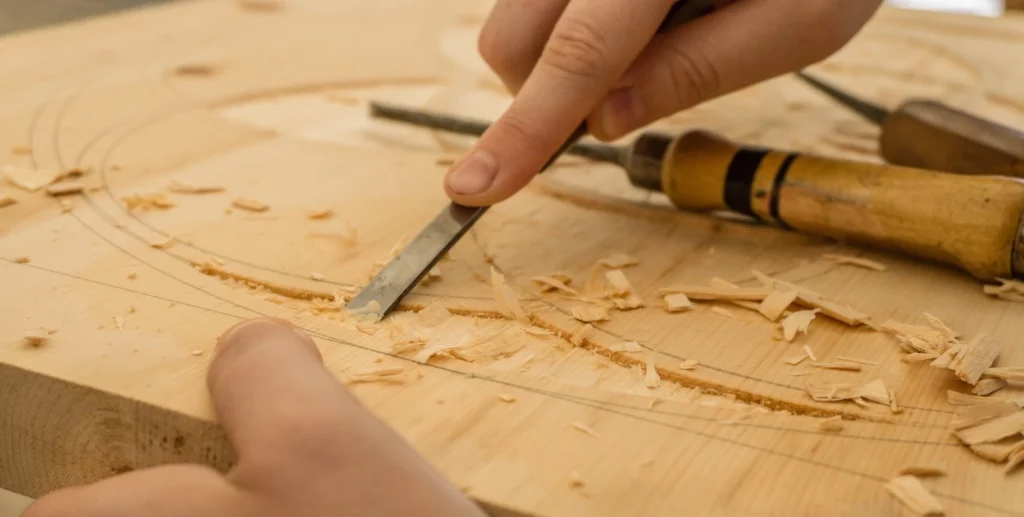How is Sandpaper Used in the Automotive Industry?
The automotive industry relies on various tools and materials to ensure the production of high-quality vehicles. One such tool that plays a crucial role in the automotive manufacturing and repair process is sandpaper. Sandpaper, also known as abrasive paper, is a versatile tool used for smoothing surfaces, removing imperfections, and preparing surfaces for painting or finishing. In the automotive industry, sandpaper is used for a wide range of applications, from sanding body panels to refinishing interiors. This article explores the different uses of sandpaper in the automotive industry and highlights its importance in achieving a flawless finish.
1. Sanding Body Panels
One of the primary uses of sandpaper in the automotive industry is for sanding body panels. During the manufacturing process, body panels are often subjected to imperfections such as rough edges, weld marks, or uneven surfaces. Sandpaper is used to smooth out these imperfections and create a uniform surface. It helps in achieving a seamless finish, ensuring that the body panels are ready for painting or further processing.
Automotive manufacturers use different types of sandpaper depending on the specific requirements of the body panels. Silicon carbide sandpaper is commonly used for initial sanding, as it is highly effective in removing material quickly. Aluminum oxide sandpaper, on the other hand, is used for finer sanding and achieving a smoother finish. The grit size of the sandpaper determines its coarseness, with lower grit numbers indicating coarser sandpaper and higher numbers indicating finer sandpaper.
2. Preparing Surfaces for Painting
Another important application of sandpaper in the automotive industry is surface preparation for painting. Before applying paint, it is crucial to ensure that the surface is clean, smooth, and free from any imperfections. Sandpaper is used to remove old paint, rust, or any other contaminants that may affect the adhesion of the new paint.
Automotive painters use sandpaper sheets or sanding blocks to sand the surface, ensuring that it is even and ready for painting. They start with a coarser grit sandpaper to remove the old paint or rust and gradually move to finer grits to achieve a smooth finish. The use of sandpaper in surface preparation helps in enhancing the durability and appearance of the paint job.
3. Refinishing Interiors
In addition to body panels, sandpaper is also used in the automotive industry for refinishing interiors. Over time, the interior surfaces of vehicles, such as dashboards, door panels, or center consoles, may develop scratches, scuffs, or other signs of wear. Sandpaper is used to remove these imperfections and restore the smoothness of the surfaces.
When refinishing interiors, automotive technicians use sandpaper with a fine grit to avoid damaging the underlying material. They may also use sandpaper sponges or orbital sander pads to achieve a consistent finish. The use of sandpaper in interior refinishing helps in maintaining the aesthetics of the vehicle and improving the overall customer experience.
4. Sanding Wood and Metal
While sandpaper is primarily associated with automotive bodywork, it also finds applications in sanding wood and metal components used in vehicles. Wood and metal surfaces, such as trim pieces, moldings, or engine components, often require sanding to remove imperfections, smooth rough edges, or prepare them for painting or finishing.
Automotive technicians use sandpaper sheets, sanding blocks, or specialized sanding tools to sand wood and metal surfaces. The choice of sandpaper depends on the material being sanded and the desired finish. For wood, garnet sandpaper is commonly used, while aluminum oxide or silicon carbide sandpaper is preferred for metal surfaces.
5. Wet Sanding and Polishing
In certain automotive refinishing processes, wet sanding is employed to achieve a superior finish. Wet sanding involves using water or a lubricant to reduce friction and prevent the sandpaper from clogging. It is commonly used for removing orange peel texture, dust nibs, or other imperfections in the clear coat or paint.
Automotive technicians use waterproof sandpaper for wet sanding applications. The sandpaper is soaked in water or a lubricant before use, and the sanding process is carried out in a controlled manner to avoid damaging the underlying layers. Wet sanding is often followed by polishing to restore the gloss and shine of the surface.
Conclusion
Sandpaper, with its various types and grit sizes, plays a vital role in the automotive industry. From sanding body panels to preparing surfaces for painting and refinishing interiors, sandpaper is an indispensable tool for achieving a flawless finish. Whether it is removing imperfections, smoothing surfaces, or enhancing the aesthetics of a vehicle, sandpaper provides the necessary precision and control. By understanding the different types of sandpaper and their applications, automotive professionals can ensure the highest quality standards in their work. So, the next time you see a perfectly finished car, remember that sandpaper played a significant role in achieving that flawless look.



















